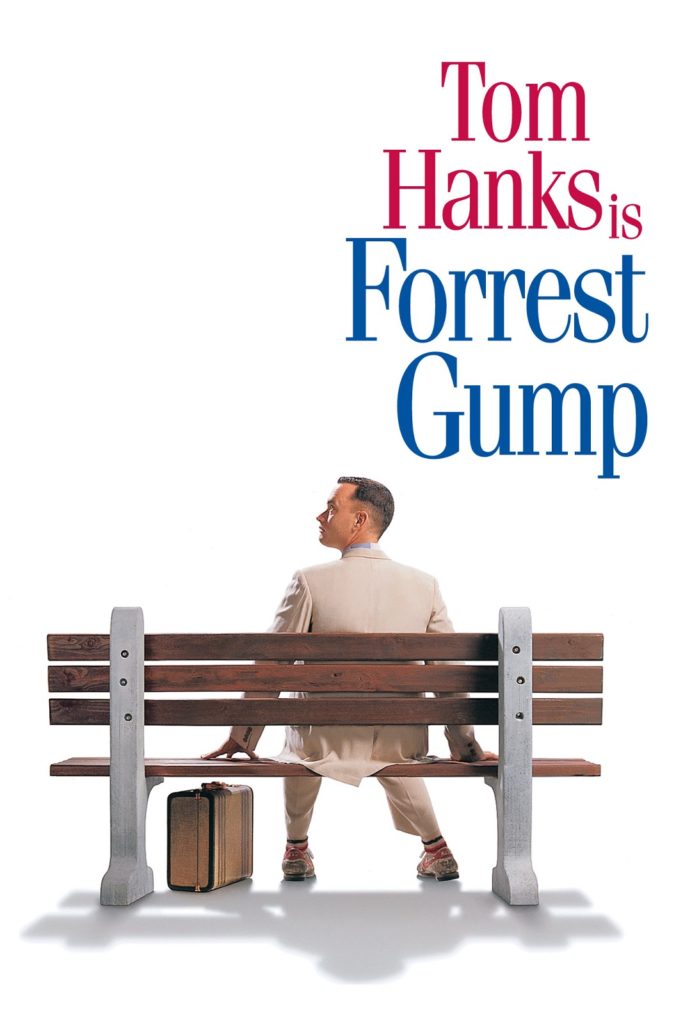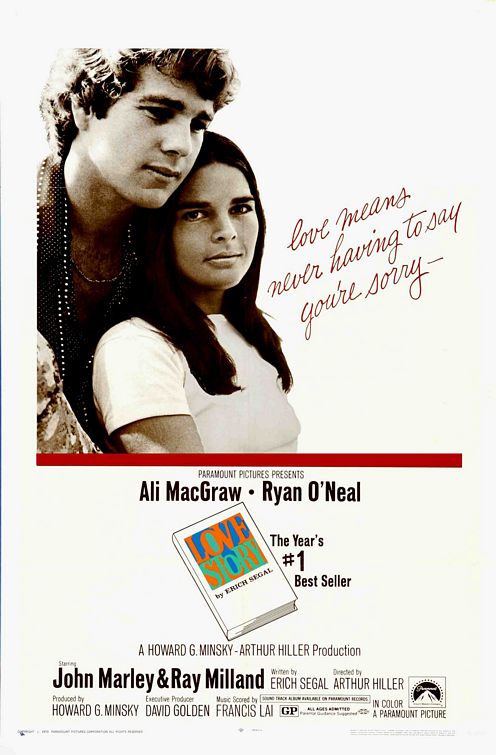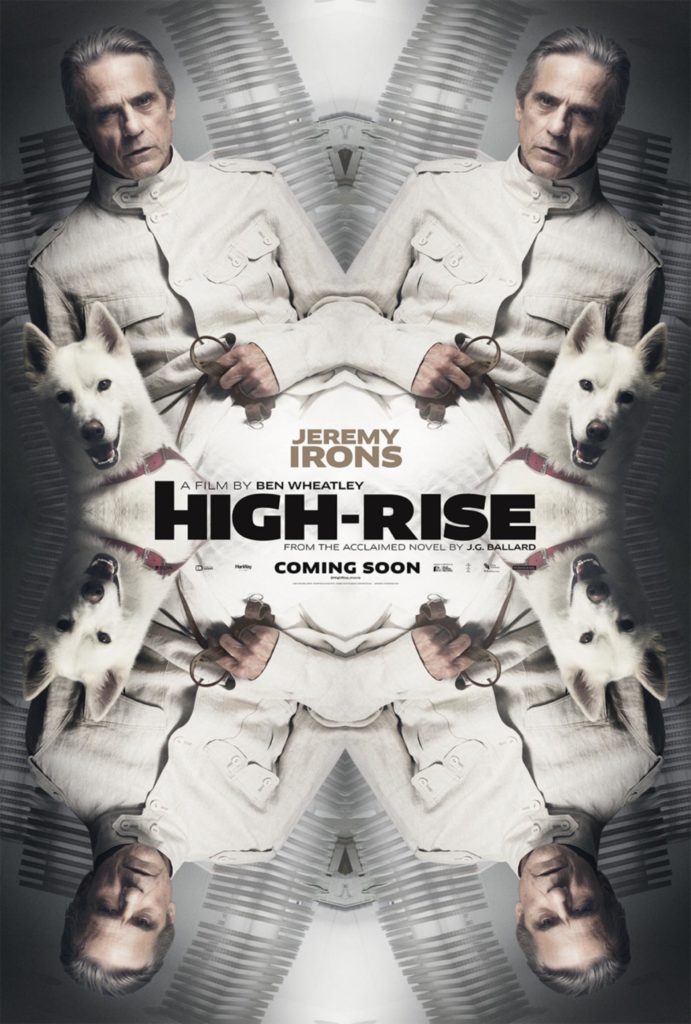By James Zug
Cinematically, racquet sports are mostly used as a metaphor. The scenes reveal a character’s physical prowess and mental strength or a power struggle between protagonists. Or it is simply about making someone seem like a hapless, ham-handed buffoon.
This is easy. Actors are almost always awkwardly uncoordinated. They probably came firmly down on one side of the hoary high-school divide between sports and the arts, and their swings, footwork and court sense are painful to watch.
Each racquet sport has its own classic scenes.
 Badminton: Fred Astaire in The Belle of New York (1951); Kate Hudson and John Krasinski in Something Borrowed (2011)—Krasinski takes a racquet to the chops in the scene, resulting in a broken nose.
Badminton: Fred Astaire in The Belle of New York (1951); Kate Hudson and John Krasinski in Something Borrowed (2011)—Krasinski takes a racquet to the chops in the scene, resulting in a broken nose.
Racquetball: Nick Nolte in Cape Fear (1991); Ben Stiller, hilariously, in Along Came Polly (2004).
Table tennis: Lolita (1962) and again The Squid & The Whale (2005), with sufficient swearing and a hurled paddle.
A versatile Tom Hanks has performed four racquet-wielding scenes in four different sports. In Bachelor Party (1984), Hanks smacks a ball out of a tennis court and then shouts: “Yes, Cleveland wins the pennant.” In Big (1988) he plays outdoor one-wall paddleball; he obstinately refuses to give the ball to his opponent, leading to a melee. In Forrest Gump (1994), he picks up ping pong (initially while holding an ice cream cone in one hand) and becomes a member of the U.S. national team.
In Splash (1984), Hanks and John Candy play racquetball. It is very casual. Candy smokes while they play. Then priceless dialogue:
Candy: “How long we’ve been playing?”
Hanks: “About five minutes.”
Candy: “Oh, God, my heart’s beating like a rabbit.”
Retreating to the back corner where he has stashed a cooler of beer, Candy cracks open a can and starts talking. Hanks twirls his racquet inexpertly but gamely. Eventually they play an actual point: Candy serves the ball and it ricochets straight back to his head. He collapses.
Tennis is the most profligate racquet sport in film.
Some of the highlights: Katharine Hepburn in Pat and Mike (1952); Jacques Tati goofing in Monsieur Hulot’s Holiday (1953); Cher, Jack Nicolson, Michelle Pfeiffer and Susan Sarandon with a magically floating ball, errant shots to the torso and no-man’s-land volleying in The Witches of Eastwick (1987); Julia Ormond and Henry Thomas on a bucolic Montana farm in Legends of the Fall (1994); Luke Wilson takes off both his shoes and one sock during a mid-match meltdown in The Royal Tenenbaums (2001); Adam Sandler blasting it in Mr. Deeds (2002) (and John McEnroe showing serious hops); Hugh Grant—with a very high ball toss on his serve—and Sandra Bullock endure some combative mixed doubles in Two Weeks Notice (2002); George Clooney casually volleys off a ball machine in Intolerable Cruelty (2003); Kirsten Dunst has a smashing good serve in Wimbledon (2004); Russell Crowe dirtballs it on clay in A Good Year (2006); and Maya Rudolph and Kristen Wiig viciously go at it in Bridesmaids (2011).

Perhaps the most irritating tennis scene is School for Scoundrels, the original 1960 film, in which one character forces his opponent to always serve into the sun, receives serve unsportingly right behind the service line, serves when his opponent isn’t ready and bleats “hard cheese” whenever he wins a point. Hard cheese, indeed.
Sometimes it works to use real players. Alfred Hitchcock has tennis in Strangers on a Train (1951). He places his leading actor, Farley Granger, against an actual tennis pro, Jack Cunningham, in a match set at Forest Hills. The action is as realistic as any on film, at least until the end of the match when neither player shakes hands with the umpire. (Or is the obligatory handshake more of a modern custom?) In Players (1979), Dean Paul Martin, a junior player turned actor, is shown on Centre Court at Wimbledon facing actual players like Guillermo Villas.
One of the most poignant tennis scenes in film is in The Last Emperor (1991). The ball boy bows before handing a stray ball back to the emperor, who then serves underhanded (reminding me of my favorite tennis book, Rex Lardner’s 1968 The Underhand Serve Or How to Play Dirty Tennis). Hundreds of guards interrupt the game, and the emperor, forced to leave the Forbidden City for good, carries away just one thing: a gray-white tennis ball.
The oddest tennis scene is certainly Blow-up (1966). To close his seminal film, Michelangelo Antonioni puts two mimes on a court. They play invisible tennis, without racquets or balls, miming rallies. A gaggle of friends cheer silently behind a fence. The action is both absurd but somehow realistic: the mimes footfault egregiously, lob poorly and run around their backhands.
Tennis can be a terrible family game, as The Squid & The Whale (2005) reveals. There is a scene with a boy swearing during his tennis lesson, while his brother and father watch. Then they have a fractious family doubles match. It includes a contested line call and one parent (Jeff Bridges) coaching his son about his wife’s weak backhand. Bridges then mean-spiritedly drills his wife, Laura Linney, with an overhead. Linney storms off the court.
Squash. There are two scenes in Love Story (1970), although in the Erich Segal novel there is much more ice hockey (a couple of chapters worth) than squash (just a single sentence). Ryan O’Neal and his roommate, Walker Daniels play on a court at Hemingway. Even though O’Neal wins the first point, the roommate serves the next point (and lobs it out of court). In the second scene, O’Neal whiffs on a backhand.
Michael Douglas plays squash in two films, Wall Street (1987) and The Game (1997). The former has perhaps the most iconic squash scene ever, with Douglas imploring his opponent, Charlie Sheen: “C’mon sport, you’ve got to try harder. Need some exercise, for Christ’s sakes…. Let’s go, buddy. Push yourself. Finish out the game.” In The Game, Douglas reveals that he is truly a squash expert. He is shown doing solo work. Wearing an untucked white shirt and a black brace on his left knee, he smacks forehands in a dream-like sequence (filmed on the Pacific-Union Club’s old hardball court?).
Woody Allen has quietly nursed a subterranean passion for racquet sports. In 1977 he and Diane Keaton play tennis doubles in Annie Hall. Wearing all-whites, Allen rips off one topspin forehand before the short scene ended. Badminton appears in his 1982 A Midsummer Night’s Sex Comedy and in 2005 he put out Match Point set in the tennis world.
In 1979 Woody graced a squash court. He stars in a scene in Manhattan. Filmed at the old Uptown Club on the Upper East Side (torn down last year), the scene records six points, all unrealistic. Allen and his opponent, Michael Murphy, talk throughout the match. At one juncture, Murphy apologizes for not hitting an easier ball to Allen. Like in Love Story, winning a point in Manhattan doesn’t mean you get to serve: Allen loses the first five points but serves every time (from the same side of the court).
The most intriguing racquet-wielding actor is Jeremy Irons.
Irons languidly plays tennis in Lolita (1997).
He is the only actor to have played real tennis twice in films. The first came in The French Lieutenant’s Woman (1981). They filmed on the east court at Queen’s Club in London. Irons and Michael Elwyn play a couple of incoherent points of tennis, with inept serves, rabbity movement, and uncleared balls strewn around the court.
 In 2015 Irons burst back with two films. In The Man Who Knew Infinity, he gets on the Green Court at Cambridge for another game of real tennis. Again, more disjointed points and uncleared balls. At the conclusion, Irons lets a good serve bounce past him and approaches the net—the middle of the point, apparently, is a good time to talk.
In 2015 Irons burst back with two films. In The Man Who Knew Infinity, he gets on the Green Court at Cambridge for another game of real tennis. Again, more disjointed points and uncleared balls. At the conclusion, Irons lets a good serve bounce past him and approaches the net—the middle of the point, apparently, is a good time to talk.
More realistically, Irons plays squash in High-Rise. The 2015 film is based on the 1975 novel by J.G. Ballard, where two protagonists, Robert Laing and Anthony Royal, have a weekly squash game on one of the four courts built in the apartment building. (In the novel, Royal at one point blows their game off, and when Laing came to find him, Royal ignores him. Uncool.)
In the film, the court’s walls are a deep blue, a curious color for a non-glass court. (It was filmed in Northern Ireland.) Both Irons and Tom Hiddlestone are dressed in white and Irons pretentiously has a white towel tucked around his neck.
After doing push-ups together in a virile warmup, they play three points. Despite his experience with shooting films with a racquet in his hand, Irons hasn’t improved much with age. He still scoops balls with a great sweeping motion. His court sense continues to be awful: he smacks his groundstrokes right up the middle. He also picks up the ball from the ground with his hand, rather than flipping it up with his racquet—a sure sign of being a beginner.
After the third point, Irons collapses against the wall with blood running down the side of his face. Did he get hit by a ball or a racquet? Either way, he’s not wearing eye goggles.
Later, Hiddlestone hits alone, hammering rails. Is this a metaphor about his pent-up frustration or perhaps a sign that, like Michael Douglas, he knows about the importance of solo training?
Near the end of the film, there is a wonderful line. During a scrap, Hiddlestone is about to be tossed off a balcony high up the building. “You can’t put him over the edge.” says Irons, with perfect sangfroid. “He owes me a game of squash.”


